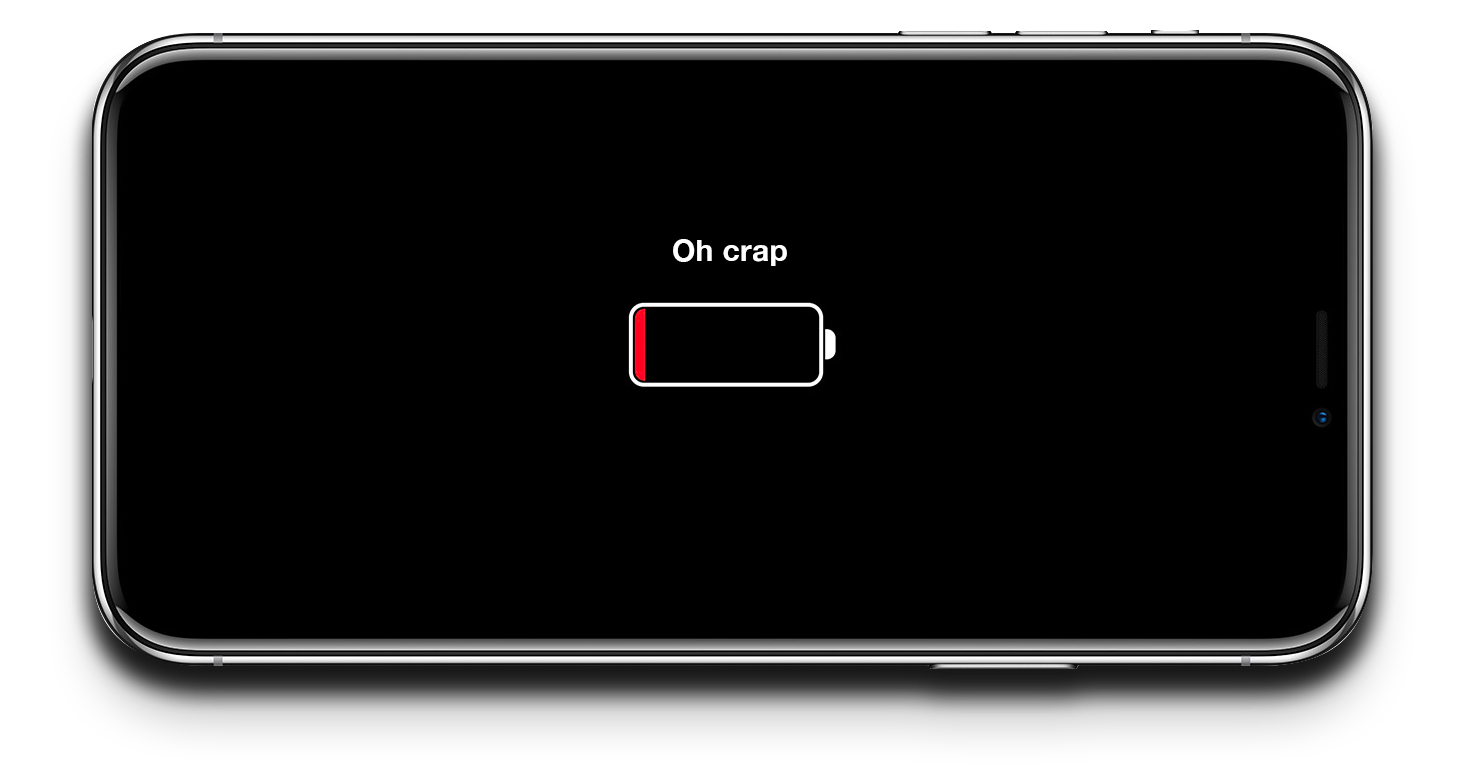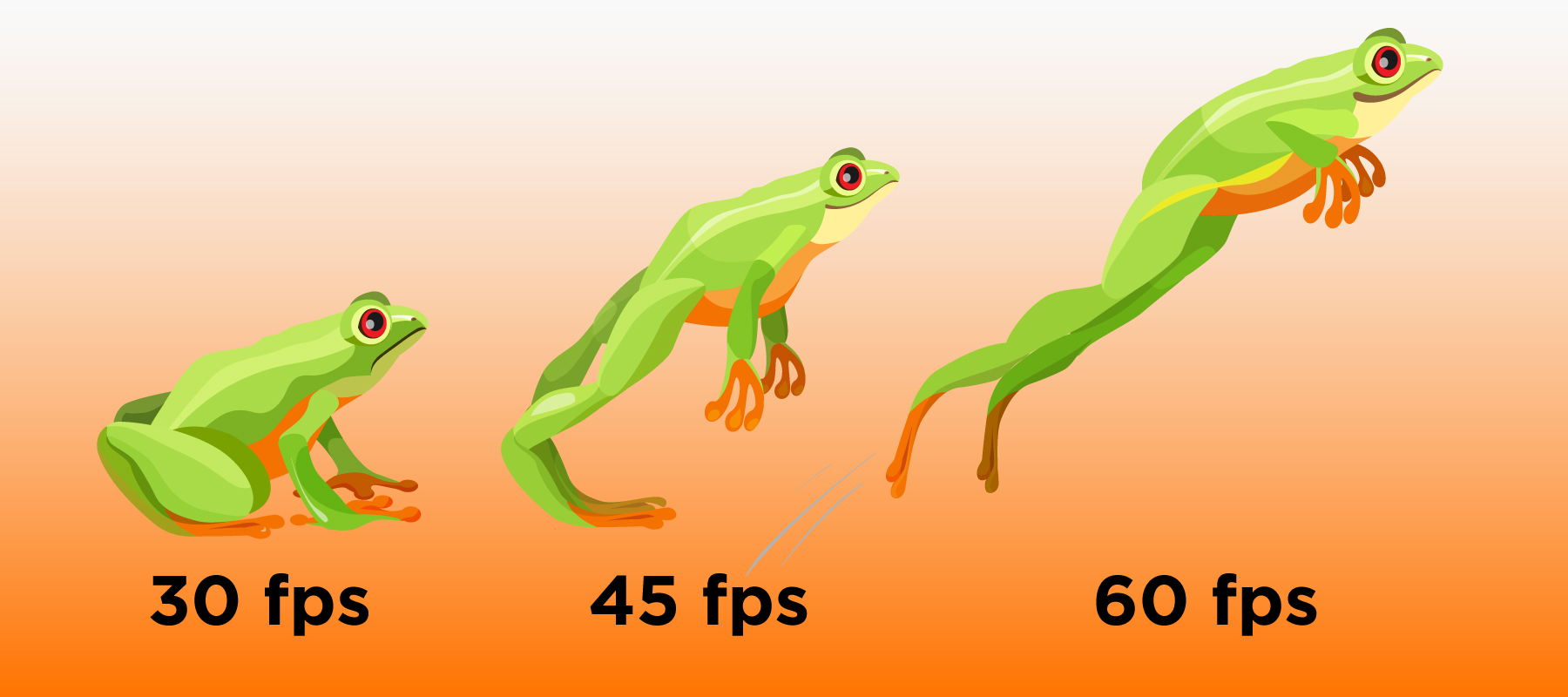Have you ever needed to test the power consumption of your game in iOS?
It's very important to measure your game’s power consumption because it can have a direct effect on a user’s experience playing your game. You would be really surprised how many developers still aren't doing this today.



